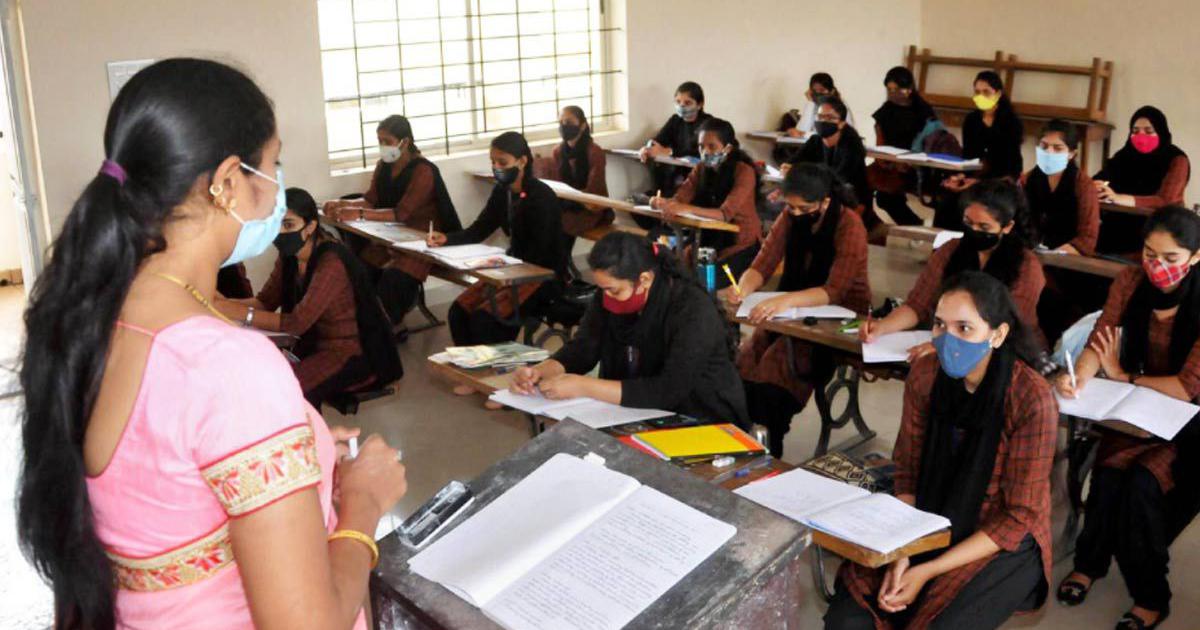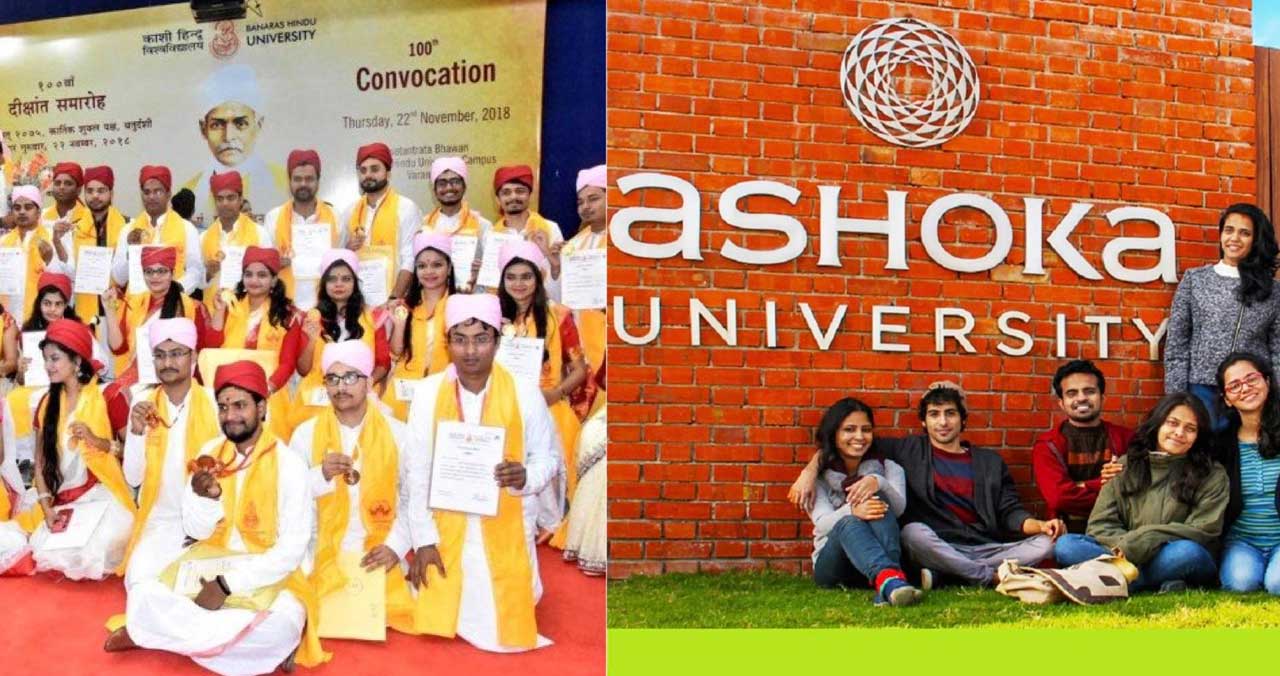There is hardly any gizmo that is as ubiquitous as the video camera in today’s world. Why have we become so dependent on this contraption? Is the mutual distrust in society so deep that we need a video camera to be convinced about the sincerity and truthfulness of our fellow human beings? Whom do we mistrust and why so today more than ever? Do people see video camera as a source of reassurance?
 At a recent meeting of the students of JNU, it was demanded that the viva voce (oral exams), which the students have to take before their enrolment in the university, should be captured on video. The students charged that the teachers who take the viva were not impartial or honest: they play favourites, give higher marks to students of their choice and they ask the others questions that have nothing to do with the course the students are seeking admission to. Some students objected to this demand saying that it was improper to distrust the teachers. Those who objected seem to be influenced by the glorious guru-shishya traditions.
At a recent meeting of the students of JNU, it was demanded that the viva voce (oral exams), which the students have to take before their enrolment in the university, should be captured on video. The students charged that the teachers who take the viva were not impartial or honest: they play favourites, give higher marks to students of their choice and they ask the others questions that have nothing to do with the course the students are seeking admission to. Some students objected to this demand saying that it was improper to distrust the teachers. Those who objected seem to be influenced by the glorious guru-shishya traditions.
They forget that Dronacharya was also a teacher, yet he demanded Eklavya’s thumb as ‘guru dakshina’. Eklavya performed his duty as a disciple. But was Dronacharya being fair? Was he behaving as a teacher should? It is necessary to dwell on the reasons behind the growing mistrust in society rather than turn it into an emotional issue and brush it under the carpet.
Teachers are also members of society. Teaching is only their profession and they too are subject to the same influences that other members of society are. The students of JNU quoted figures to demonstrate that the candidates who got high marks in written examination were given 0-5 marks in viva. On the other hand, those who scored low in the written exam got admission because of the high marks they were given in viva. It is not a mere coincidence that those who got low marks in viva came from Dalit-OBC backgrounds while those who scored well belonged to the communities that are placed higher than the Dalit-OBCs in the social hierarchy.
The question that needs to be asked is why, in the first place, should there be a provision for viva voce? Teachers control the 30 per cent marks allocated to viva. When a battle is on between different sections of the society to build, maintain or end social dominance, how can the teachers be expected to remain untouched by it? It is, of course, not impossible to rise above such considerations, but generally, it does not happen. Moreover, one’s attitudes are not built in a day. They are ingrained in us during our upbringing.
A relevant point here is that the Supreme Court, in a judgment on 13 November 1980, had ruled that not more than 15 per cent marks should be allocated for viva voce. But still many universities don’t adhere to this order.
What is the reason, today, we see no person or institution in society that is free of this atmosphere of distrust? Why do people who are distrustful of the system see in technology their saviour? Why do they think that the powers that be cannot hide their real intent when facing a camera? This is an extremely painful situation – of people losing trust in one another. This does not augur well for society.
It is the endeavour to develop and preserve human and social values that binds one human being to another. Its absence leads to alienation of man from his society. Social injustice is an assault on human values. It leaves its victims lonely and vulnerable. Due to the erosion of values, institutions are also dying. The institutions represent a collective attempt to preserve human values. But when these institutions themselves perpetuate injustice, how can they remain intact? When institutions die, so does the collective thinking of humans. It is ironical that today each and every member of the weaker sections has lost faith in the system – the media included. In this situation, to them, technology seems a great support – something which they can control. Just as the strategy of deprivation has many layers, the deprived have many layers of distrust. And they feel that technology can help them see everything clearly – help them see the truth.
Published in the April 2014 issue of the Forward Press magazine
Forward Press also publishes books on Bahujan issues. Forward Press Books sheds light on the widespread problems as well as the finer aspects of the Bahujan (Dalit, OBC, Adivasi, Nomadic, Pasmanda) community’s literature, culture, society and culture. Contact us for a list of FP Books’ titles and to order. Mobile: +919968527911, Email: info@forwardmagazine.in)




